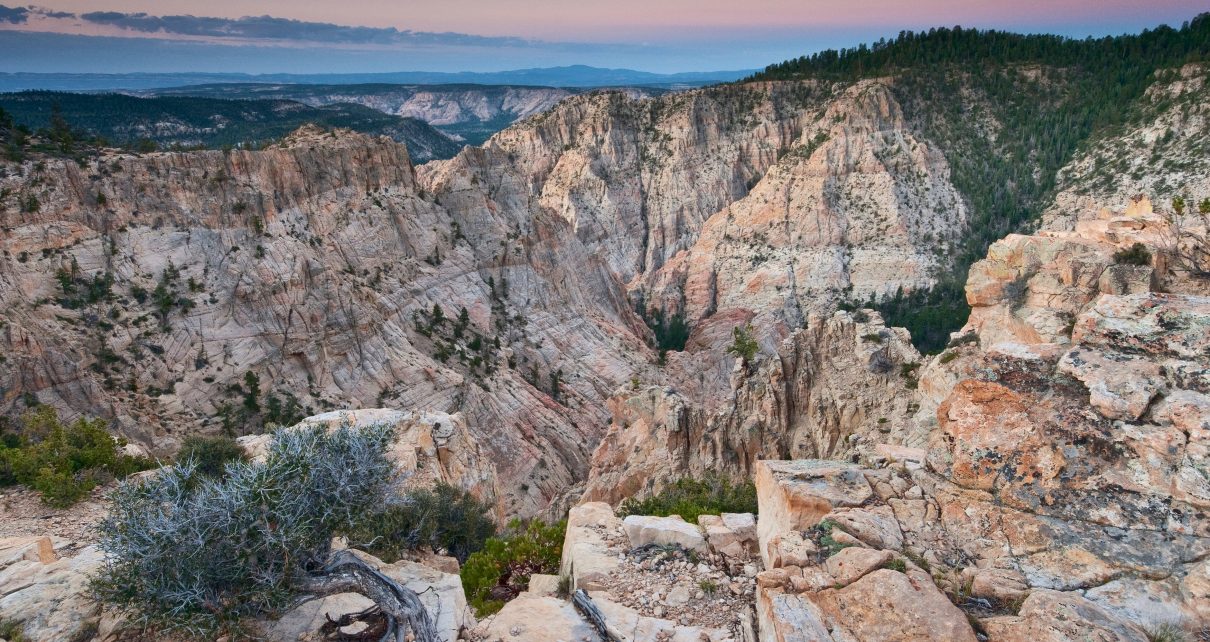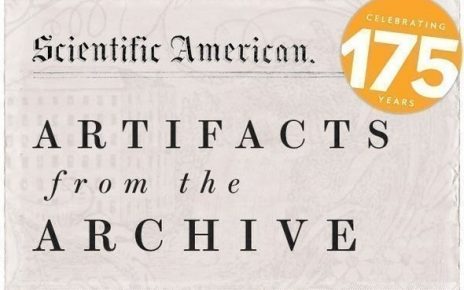Recently, thousands of migratory birds suddenly dropped dead across New Mexico. Sparrows, warblers and swallows that normally wheel across New Mexico’s iconic landscapes as they fly south for the winter instead fell lifeless across the land, weakened by extreme conditions. While scientists are still working to conclusively explain this tragedy, their initial findings clearly indicate that we are witnessing a canary in the coal mine moment—as we face down dual climate and nature crises gripping our planet.
As New Mexicans, we watched reports of this wave of bird deaths with alarm. But as a U.S. senator and a scholar of biodiversity, we saw this disaster as just one link in a chain of threats to our planet’s life support system. The World Wildlife Fund recently found that human activities have wiped out two thirds of the monitored populations of vertebrate species worldwide in the past 50 years—the blink of an evolutionary eye. Rachel Carson warned us of a silent spring; today, we face the prospect of a lonely Earth. Ecosystems worldwide are on the verge of collapse, and with them, the resources humanity needs to survive.
We are already experiencing the deep costs of inaction. In recent months, wildfires consumed forests across the American west. Meanwhile, a zoonotic disease, transmitted from animals to humans, has upended life across the globe. Scientists tell us COVID-19 is just the tip of the pandemic iceberg if we continue to destroy habitats and illegally traffic wildlife.
In September, the United Nations released its report on the status of global biodiversity measures. Sadly, the world has so far failed to meet a single conservation goal—of the 20 set 10 years ago—to save the natural world from collapse.
This is a grim reality—but is also a call to action to protect nature and the diversity of life with which we share this Earth. The scientific community has created a road map, an achievable goal to preserve and restore 30 percent of the nation’s lands and waters by 2030. We believe that the United States should join a broad international coalition to protect nature by 2030—and, in turn, save ourselves.
Here is where we tell you why we are optimistic about the future.
Nature is resilient. If we give the natural world space, resources and protection, nature has demonstrated an amazing ability to repair itself so ecosystems not only survive, but thrive. Native Americans, and Indigenous peoples all over the world, have lived for millennia in a sustainable relationship with nature. Their knowledge and voices can help us reshape our destructive practices and restore our kinship with the natural world.
Countries across the world have already come together to solve shared environmental problems under strong leadership like the Paris Agreement on climate—and we are confident this momentum can continue. The United Nations is now working towards a new agreement under the Convention on Biological Diversity that adopts the 30 by 30 goal and includes strong commitments to conserve land and water to get there. Just this month, over 60 international leaders signed the Leaders’ Pledge for Nature—promising to address the climate crisis, deforestation, ecosystem degradation and pollution by 2030.
Under the Trump Administration, sadly, the U.S. is not at the table. But it’s not too late.
The United States must repair the damage that the Trump administration has wrought to our environment, both within our country and across the world. We have the chance to reclaim the moral and scientific high ground if we commit to 30 by 30 on the global stage and immediately begin a national, state and local effort to get us there. Thankfully, Joe Biden and Kamala Harris have presented an inspiring vision for our conservation future, including a 30 by 30 commitment in their platform as part of our national—and global —recovery effort.
In these challenging economic times, conservation does not mean austerity. In fact, environmental stewardship is a path forward to economic growth. A recent study by over 100 economists found that every dollar invested into 30 by 30 will yield five dollars in return. That’s because investing in nature will save us billions in preventing the current crises we face while also providing good jobs, restoring sustainable forests, fisheries and agriculture, and growing the booming outdoor recreation economy.
The sustainable and prosperous future that 30 by 30 represents is both a popular and eminently possible conservation agenda. This means wide-ranging, grassroots environmental justice action involving public lands and waters, voluntary private conservation, urban green space, and enabling new and continued protection of wilderness and wildlife refuges. In the U.S., 30 by 30 is already popular among voters in the American West, and we expect this momentum will grow across the nation as awareness spreads.
If we act now, we can prevent the mass extinction crisis, and sustain a future where migratory birds renew their age-old journeys across the globe. The United States must seize this moment and mobilize a global movement to accomplish the 30 by 30 goal.




